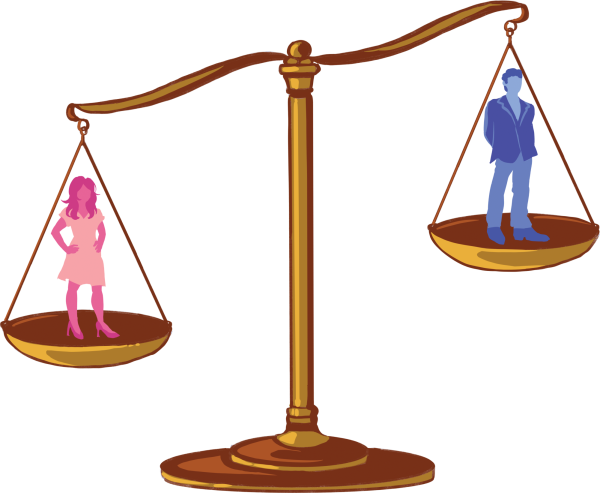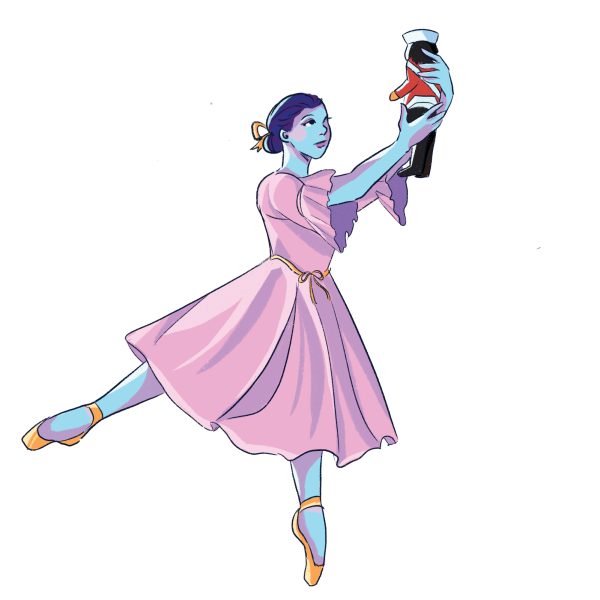Inside the mind of Jordan Peele: “Us”
May 14, 2019
Jordan Peele’s sophomore film, “Us” remains a box office hit, smashing the $200 million mark with ease. The movie, which stars Lupita Nyong’O as “Adelaide,” tells the tale of a family subject to a horrific home invasion by their own doppelgangers. One of the reasons I’m so thrilled by this movie was it’s choice in antagonists. They’re human, just the same as us, but twisted and just flat out creepy. I’m an avid fan of horror movies, and “Us” is the first movie where I genuinely felt unnerved after seeing it. I knew that I would love the movie from the time I saw the first teaser trailer, and it never once disappointed me. “Us” was met with critical acclaims, scoring 94% on Rotten Tomatoes, but audiences weren’t as enthralled. I believe that the disconnect between those who love the film, like myself, and those who didn’t like, lies with expectations.
I think too many people came into the movie expecting another “Get Out,” which was a fantastic movie by all accounts, but wasn’t designed to be viewed as the same movie because it’s clear Jordan Peele was trying to do something different with “Us.” One of the biggest changes that Jordan Peele decided to run within “Us” was the way he told the story. In “Get Out”, the story is contained between a few characters, in an isolated setting that feels almost detached from the outside world. The movie also ends in a neat, tidy conclusion with very, very few unanswered questions. “Us” is different in almost every way. Where “Get Out” confines the protagonist Chris to a single location, the Armitage’s estate, “Us” takes the Wilson family on a twisted tour of the California countryside, spanning several locations over a matter of weeks. By expanding the scope of the setting in which the central conflict takes place, “Us” give the audience a more complete vision of the implications of the conflict as it relates to a wider problem. The ending of the movie is also extremely ambiguous, and neither the audience nor Adelaide knows what she plans to do next. And this is precisely why I enjoyed “Us” more than “Get Out.” Don’t get me wrong, “Get Out” was a great movie, but it lacked a complexity that I appreciate more in horror movies. While watching it, I felt the movie actively tried to beat me down with symbolism. It left nothing to the imagination, and Peele really seemed to hold the audience’s hand throughout the movie, never letting them off a leash and only allowing them to see what the message allocated for. “Get Out” seemed like a guided tour, and I felt like “Us” was more akin to being thrown into an escape room and being told to ‘figure it out’. I like it when movies are open to interpretation and leave things purposefully a little vague, and “Us” does just that. With no neat, clear ending, and very little background on the central conflict and the antagonists, “Us” is far more open to interpretation. There are a million ways to read into Peele’s choices in the movie, each one more engaging than the last. I don’t want to say that “Get Out” was one dimensional, because I feel that’s a little too harsh, but let’s be honest: there’s not more than one way to look at that movie. It’s ambition is also part of why I think audiences felt let down. “Get Out” was a good effort but lacked ambition. “Us” is the polar opposite: unbridled ambition with sometimes less than ideal results. I’ll admit that even though “Us” had its share of logistical problems, suspension of disbelief is pretty much expected at movies these days.








